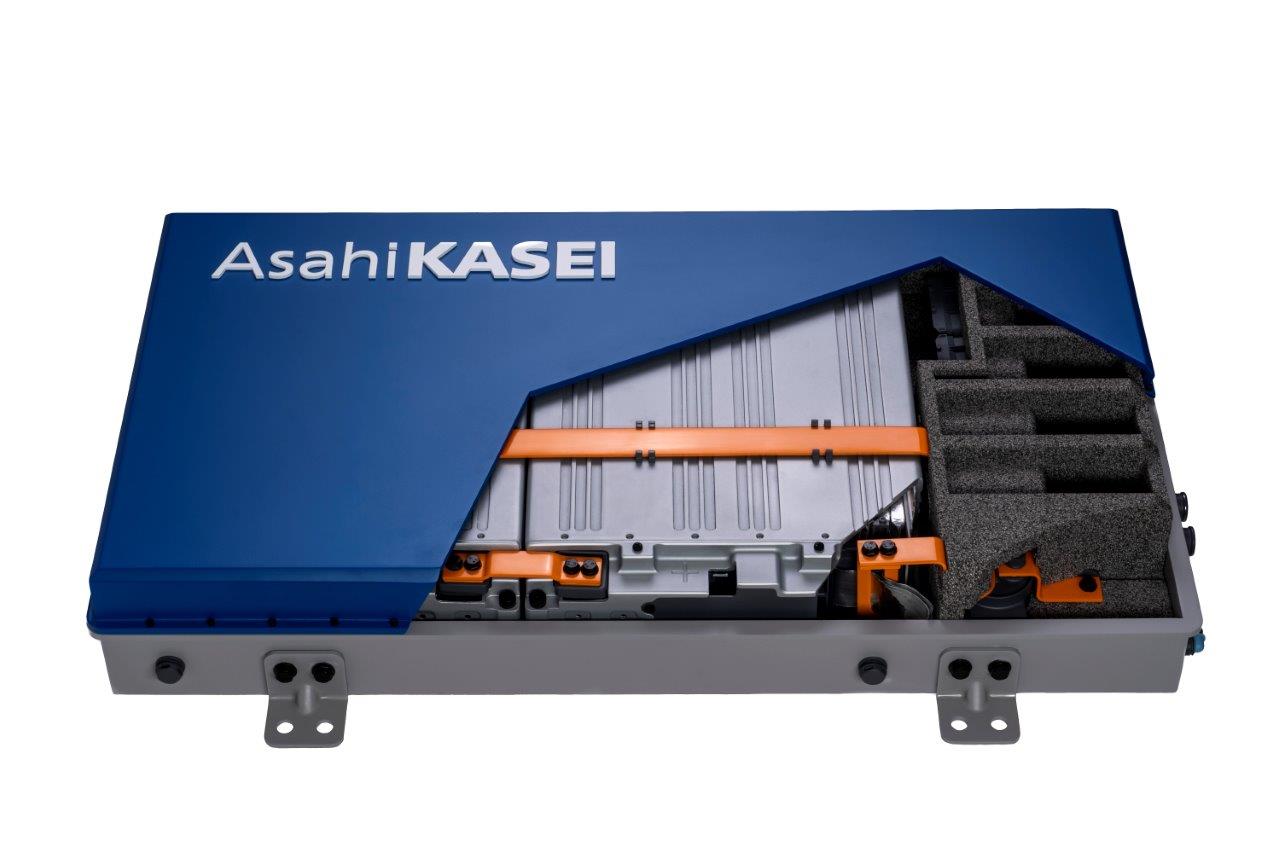
Guidelines for what should happen to lithium-ion battery storage systems at the end of their lifetime have been launched in the US by the national Energy Storage Association.
Part of the association’s Corporate Responsibility Initiative (CRI), a taskforce made up of energy storage company representatives issued the guidelines just before the end of August. The document encourages the consideration of the costs and options for recycling and end-of-life management at the very beginning of project development.
With the growing supply – and demand – of lithium-ion batteries for both energy storage systems (ESS) and electric vehicles (EVs) comes the growing responsibility for the industry to “address and approach for managing the extensive fleet of advanced industrial batteries that are being deployed now,” the association said.
While advanced stationary energy storage systems have for the most part not been in the field long enough to approach the end of their life, ESA said decommissioning costs, likely to be between 10 and 20 years after installation, could be “significant”. The actual cost of decommissioning therefore is hard to judge precisely today, but the US Electric Power Research Institute (EPRI), is working on an updated report to be issued this autumn, although the ESA guidelines do offer some rough ideas and estimates of decommissioning costs today.
Try Premium for just $1
- Full premium access for the first month at only $1
- Converts to an annual rate after 30 days unless cancelled
- Cancel anytime during the trial period
Premium Benefits
- Expert industry analysis and interviews
- Digital access to PV Tech Power journal
- Exclusive event discounts
Or get the full Premium subscription right away
Or continue reading this article for free
Those costs should be recognised by project and system owners as a financial liability, but also, recycling opportunities and options are likely to emerge in the coming years. Risk and cost can be shared through innovative contractual arrangements, while “new firms with novel approaches” to decommissioning services should be encouraged to enter the market.
A lot will depend on synergies with the EV space, with the recycling sector under more immediate pressure to “meet the near-term challenge of spent EV batteries,” and options available for EV battery recycling are likely to expand significantly as volumes of car batteries that reach their end-of-life “surge”.
The industry advocates for programmes and policies to encourage recycling of lithium-ion batteries, R&D to be directed at new technologies for recycling, as well as greater focus on understanding end-of-life costs from the project development phase onwards and market-driven competition for reducing end-of-life costs in an environmentally sustainable way.
The guidelines can be found here. Also worth reading is the Energy Storage Association’s CRI white paper on end-of-life management, published in April, which looks at the current regulations, processes and ways and means to create a circular economy model for lithium batteries.
Safe transport: US and Europe trade associations come together with online info portal
On a related note, eight different battery and battery-powered product associations in European Union territories as well as the US have come together to launch an online information portal on the safe transportation of battery cells, batteries and vehicle equipment that contains batteries.
Requirements are in place through the United Nations as well as the European Agreement concerning the International Carriage of Dangerous Goods and numerous other transport regulations around the world and associations including Europe’s EUROBAT and the PRBA international rechargeable battery association have created the information platform.
“Transporting an electro-chemical article, as a prototype, final product or waste, means that specific safety measures must be applied. Failing to comply with the obligations is not just a violation of these regulations but a safety risk that our industry is not willing to accept.
“Representing a responsible industry, we want to ensure that everyone involved in the transport of our batteries and battery-containing products has access to the applicable requirements,” a statement from the eight associations said.
The information portal, BatteriesTransport.org, is aimed at stakeholders including those shipping batteries, transport operators and end-users.





